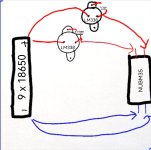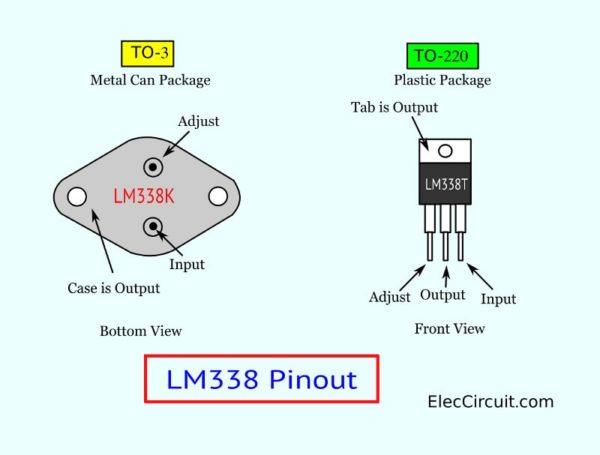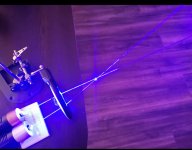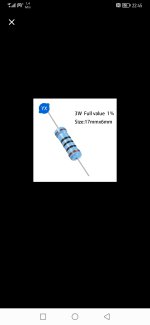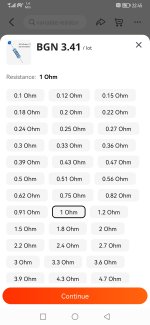Borislav@87
Active member
- Joined
- Mar 20, 2022
- Messages
- 355
- Points
- 43
@RedCowboy
I made a diagram, but I don't know if it is. Of course there will also be two switches for each row of diodes. They will be before the LM338.
With this scheme, if I want, I can turn on only one row of diodes, which are 7. Because there will be two switches. I just want to know if the connection method is correct. Let me just say that I have no skills in this area and that's why I ask the same thing several times
I guess if I want the batteries to last longer I can put two power supplies of 9 batteries each. Each row of 7 diodes should have a separate power supply
I made a diagram, but I don't know if it is. Of course there will also be two switches for each row of diodes. They will be before the LM338.
With this scheme, if I want, I can turn on only one row of diodes, which are 7. Because there will be two switches. I just want to know if the connection method is correct. Let me just say that I have no skills in this area and that's why I ask the same thing several times
I guess if I want the batteries to last longer I can put two power supplies of 9 batteries each. Each row of 7 diodes should have a separate power supply
Attachments
Last edited:


